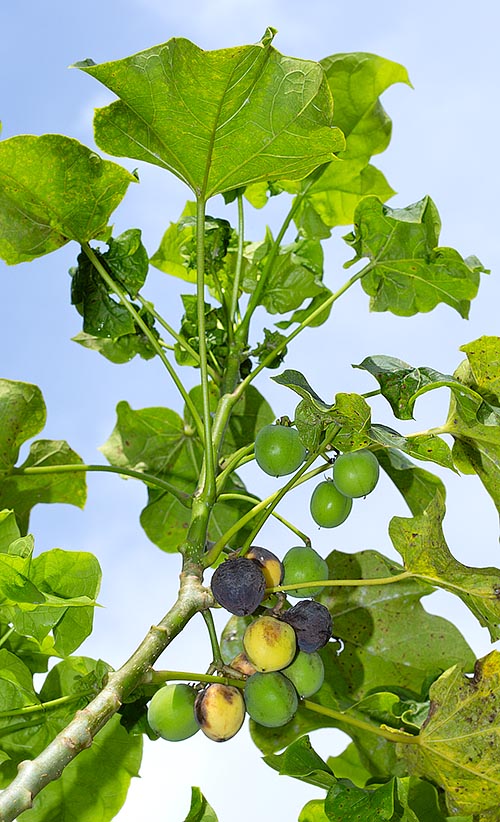
Mission Biofuels India Private Ltd
Add a review FollowOverview
-
Founded Date February 16, 1930
-
Sectors Telecommunications
-
Posted Jobs 0
-
Viewed 71
Company Description
Make your own Biodiesel Part 2
Anybody can make biodiesel. It’s easy, you can make it in your kitchen area– and it’s BETTER than the petro-diesel fuel the big oil business offer you. Your diesel motor will run much better and last longer on your home-made fuel, and it’s much cleaner– much better for the environment and much better for health.

If you make it from used cooking oil it’s not only inexpensive but you’ll be recycling a troublesome waste product. Most importantly is the GREAT feeling of flexibility, independence and empowerment it will offer you. Here’s how to do it– whatever you require to understand.
Straight grease fuel (SVO) systems can be a tidy, efficient and affordable alternative. Unlike biodiesel, with SVO you need to customize the engine. The very best way is to fit a professional singletank SVO system with replacement injectors and glowplugs optimised for veg-oil, as well as fuel heating.
With the German Elsbett single-tank SVO system for example you can use petro-diesel, biodiesel or SVO, in any mix. Just start up and go, stop and turn off, like any other automobile. Journey to Forever’s Toyota TownAce van utilizes an Elsbett single-tank system. More
There are likewise two-tank SVO systems which pre-heat the oil to make it thinner. You have to start the engine on common petroleum diesel or biodiesel in one tank and after that change to SVO in the other tank when the veg-oil is hot enough, and switch back to petro- or biodiesel before you stop the engine, or you’ll coke up the injectors.
More information on straight grease systems in my blog site.
3. Biodiesel or SVO?
Biodiesel has some clear advantages over SVO: it works in any diesel, with no conversion or modifications to the engine or the fuel system– just put it in and go. It likewise has better cold-weather properties than SVO (however not as excellent as petro-diesel– see Using biodiesel in winter season). Unlike SVO,
it’s backed by many long-lasting tests in lots of nations, including countless miles on the road.
Biodiesel is a tidy, safe, ready-to-use, alternative fuel, whereas it’s fair to state that lots of SVO systems are still speculative and require additional development.
On the other hand, biodiesel can be more pricey, depending how much you make, what you make it from and whether you’re comparing it with brand-new oil or used oil (and depending upon where you live). And unlike SVO, it needs to be processed initially.
But the large and rapidly growing worldwide band of homebrewers don’t mind– they make a supply every week or when a month and soon get utilized to it. Many have actually been doing it for many years.
Anyway you need to process SVO too, specifically WVO (waste grease, used, prepared), which many people with SVO systems use because it’s inexpensive or totally free for the taking. With WVO food particles and and water should be removed, and it most likely needs to be deacidified too. Biodieselers say, “If I’m going to have to do all that I may too make biodiesel instead.” But SVO types belittle that– it’s much less processing than making biodiesel, they say. To each his own.



